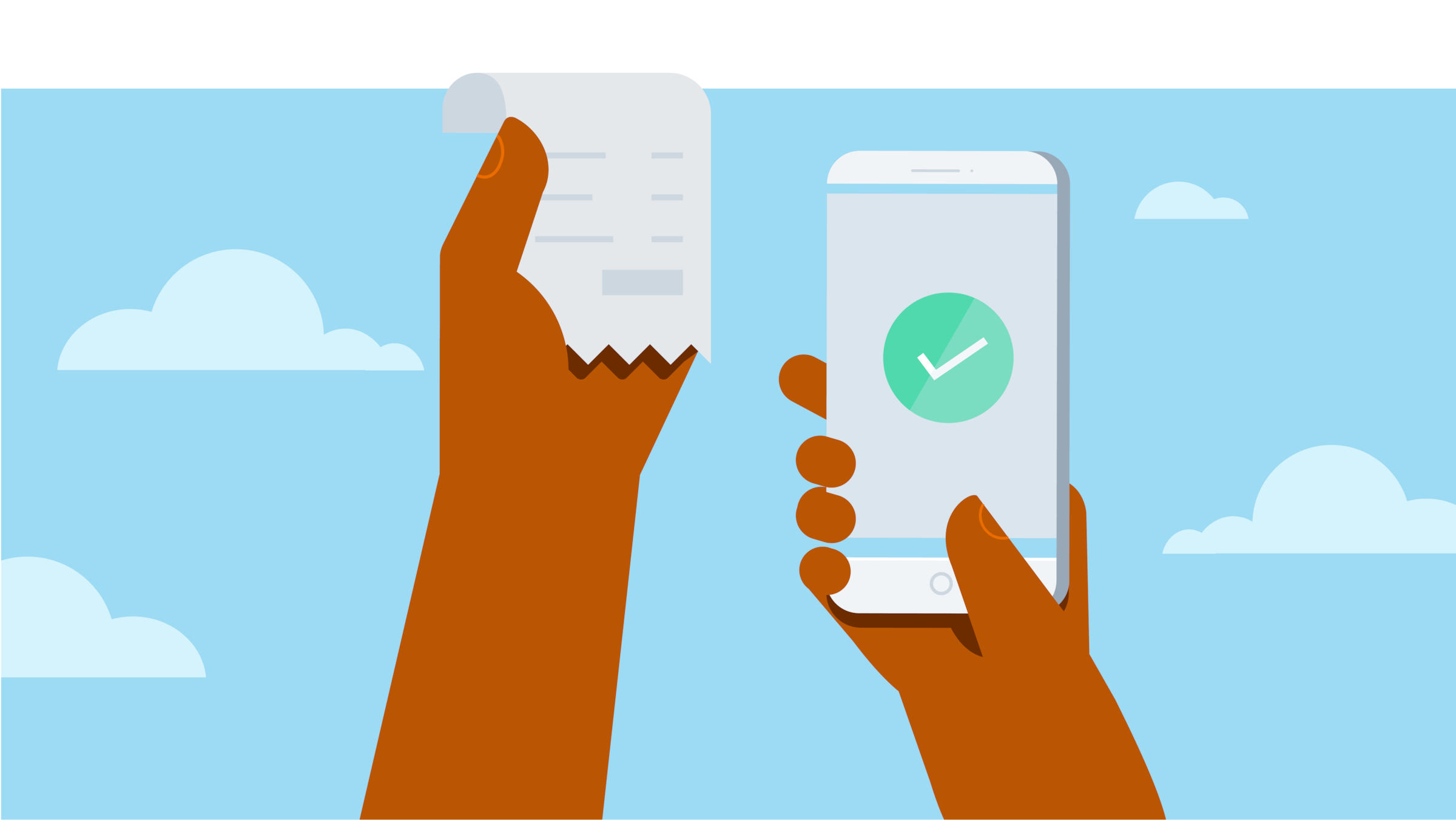How to track business expenses
Any business that wants to turn a profit needs to know how to keep track of expenses. So how do you keep on top of it?

Published Wednesday 13 April 2022
What are business expenses?
Expenses are the costs of doing business. They include money paid for things like inventory, supplies, insurance, rent and utilities. Expenses are subtracted from income, to calculate profits.
The importance of tracking business expenses
If you want to stay on top of budgets and in control of profitability, then you need to understand all your costs. But did you know that expense tracking can also keep your tax bill down? And of course it helps you reimburse friends, family, and employees who buy stuff for the business.
You can use accounting software like Xero to track and manage business expenses.
How tracking expenses will lower your tax bill
Your business pays taxes on its profits and the ATO knows how much to charge because you report your profits to them at the end of each financial year. But if you miss an expense during the year, your profits end up looking bigger than they really are, and you pay unnecessary taxes. It’s an area of business where you actually get taxed for making mistakes.
What are tax deductible expenses, anyway?
In case you’re wondering, you can’t lower your taxable income by charging any old thing to the business expenses account. Unfortunately, the ATO must agree that the spending was necessary. If they do, then it’s called a tax deductible expense. You can check their website for information on deductible expenses, or you can speak to a tax professional.
Methods to track business expenses
The surest way to track business expenses is to pay them exclusively through a single business bank account. Then you can copy costs from your bank statement to the business ledger.
But it typically doesn’t work that way. Owners inevitably buy things using their own money. So do family members and often employees too. These expenses need to be reimbursed and captured on the business accounts.
How to reimburse expenses
A reimbursement transfers an expense from a person to a business using three steps.
- Repaying the individual who paid the expense
- Entering the cost into the business books
- Recording a proof of purchase for tax deductible expenses
You can’t reimburse expenses unless you know about them. So the first job is to create a report with the information you need to carry out these three steps.
Creating expense reports
An expense report simply has to say what was bought, by who, when, why, and for how much. Proof of purchase should be attached for tax deductible expenses.
You can create a simple template with these fields on it and have people fill it out when required. But if you have people making regular claims then an app might be better. It allows employees to take a picture of the receipt and make claims using their phone.
Develop a system for expense tracking
Counting sales is fun. Counting expenses, not so much. But it’s just as important. A lot counts on having the right numbers in front of you. So create a system that works for you and your business, and stick to it.
Disclaimer
Xero does not provide accounting, tax, business or legal advice. This guide has been provided for information purposes only. You should consult your own professional advisors for advice directly relating to your business or before taking action in relation to any of the content provided.
Start using Xero for free
Access Xero features for 30 days, then decide which plan best suits your business.